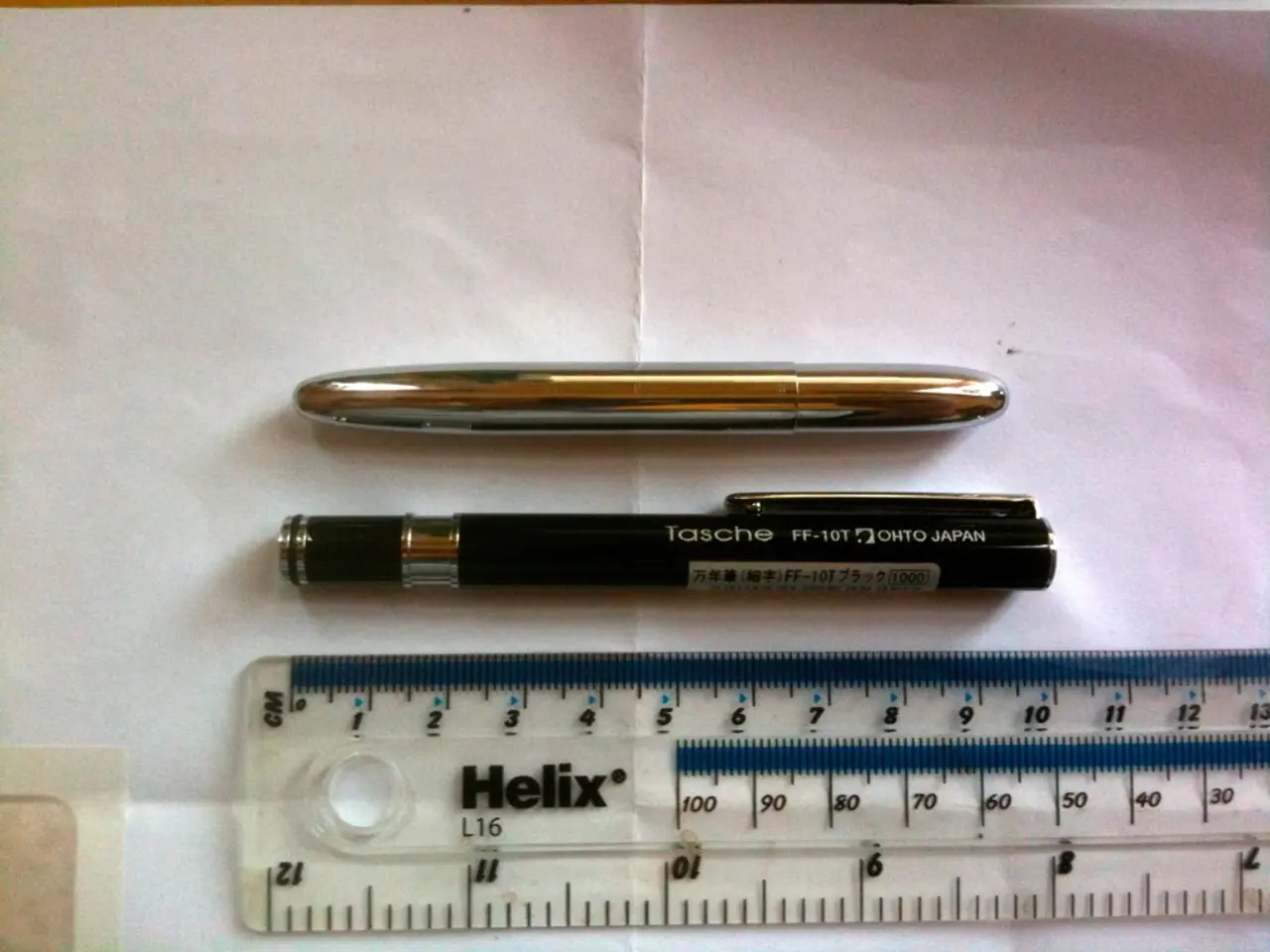Turing Patterns Found at Nanoscale: A Breakthrough in Physics
Researchers have made a groundbreaking discovery: Turing patterns, first proposed by Alan Turing, also exist at the nanoscale. This finding, published in Nature Physics, opens new avenues in nanoscale physics and could revolutionize device production.
Turing patterns, known for explaining macroscopic natural patterns, have been found in bismuth (Bi) monoatomic layers by Associate Professor Yuki Fuseya and her team. The patterns, with a period of just 1.7 nanometres, resemble those seen in tropical fish and can even 'repair' themselves if damaged.
The team's mathematical model explains the physical forces behind these minuscule patterns. The human brain naturally recognizes these patterns in nature, highlighting the fascinating connection between the micro and macro worlds. This discovery could lead to creating perfectly flat thin films and new devices at the nanoscale.
The discovery of Turing patterns at the nanoscale by Yuki Fuseya and her team in Nature Physics is a significant breakthrough. It paves the way for new research directions and techniques in nanoscale physics, potentially transforming the production of nanoscale devices.
Read also:
- Klinikum Landshut Recognized for Exceptional Care in Breast Cancer, Urology, and Orthopedics
- Senate Tillis under spotlight in North Carolina as IRA tax incentives remain uncertain
- Girona Boosts Hunter Safety with Automated Defibrillators
- projected growth for the natural acetoin market: $291.6 million by 2034








